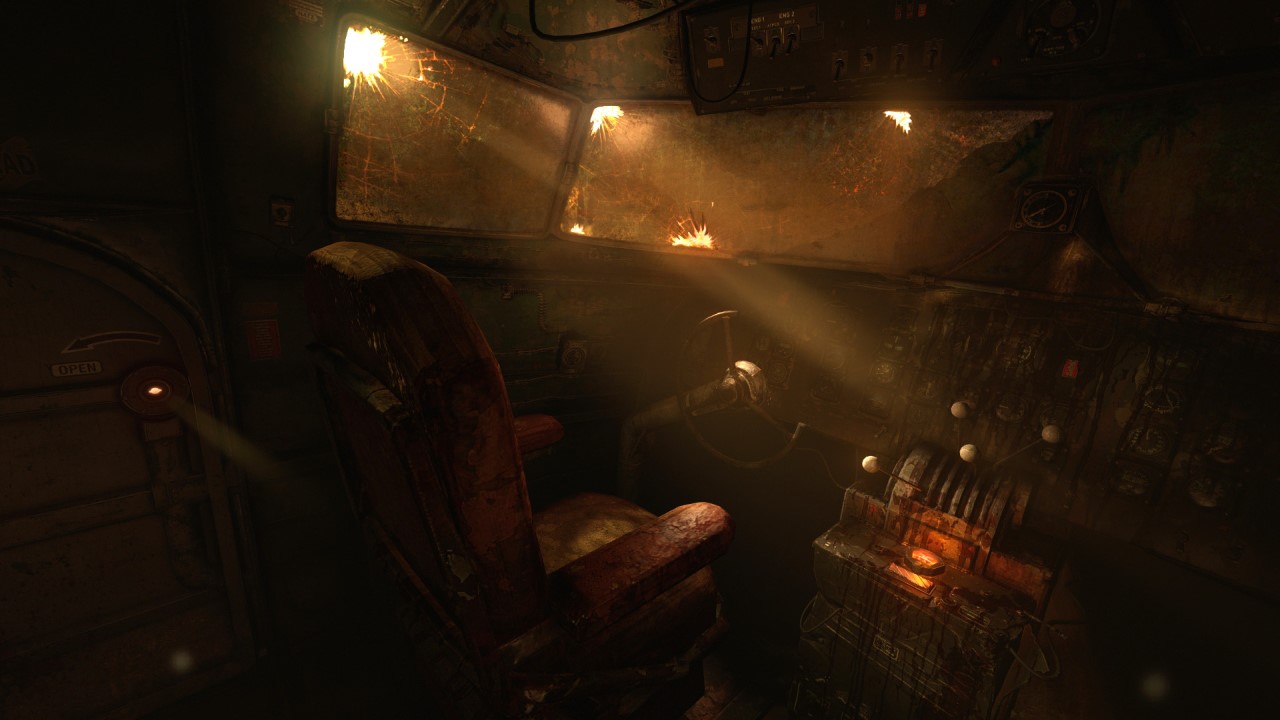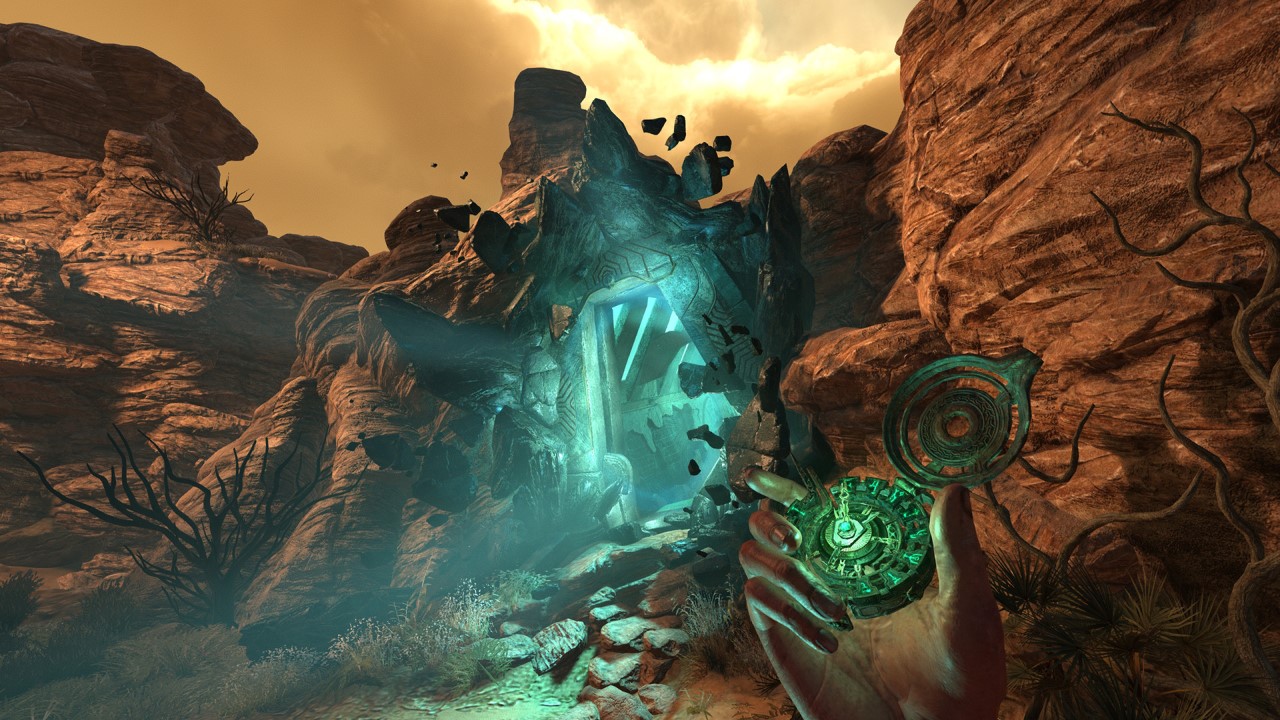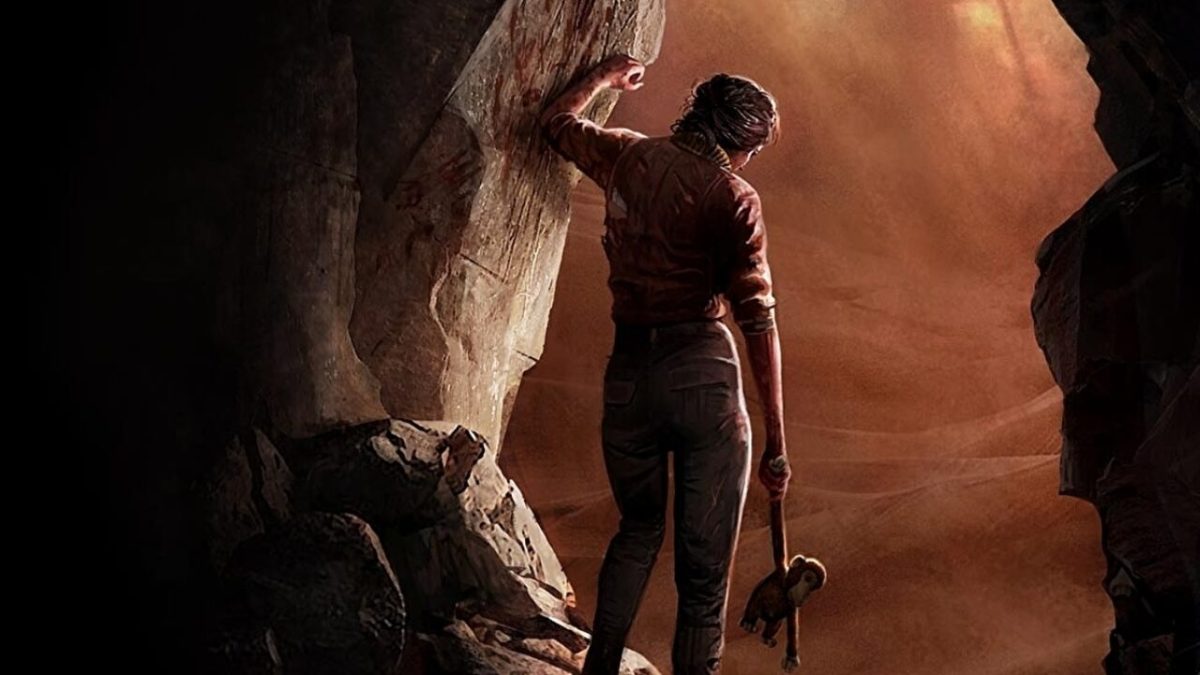Frictional Games dramatically altered the horror genre with their 2010 breakout hit Amnesia: The Dark Descent. In robbing players of all power and the ability to fight back, Frictional crafted a terrifying experience that would go on to influence a parade of imitators, though seldom few ever reached the same pedigree as Amnesia.
Even developers The Chinese Room had a go at it with an official Amnesia sequel – A Machine for Pigs – yet its heavy emphasis on story over frights alienated some fans back in 2013. Frictional would go on to craft a story-heavy horror game of their own with 2015’s SOMA, thus it seemed like Amnesia would soon become a forgotten memory; a relic of the past consigned to old YouTube Let’s Plays.
So, color myself and the rest of the horror community shocked when Frictional announced Amnesia: Rebirth earlier this year. It would act as a more direct sequel to The Dark Descent, and Frictional stated they used lessons learned from both that first game and SOMA to craft what they felt was a truly worthy follow-up. Now that I’ve played it I can confidently say they’ve largely done so, having utilized the feedback from their last two games to create a game that is as moving as it is terrifying.

Amnesia: Rebirth is an excellent blend of both SOMA and The Dark Descent’s strengths.
Frictional specializes in narrative heavy horror games, and they haven’t altered course with Amnesia: Rebirth. Their last two games were a bit split down the middle, however. Amnesia: The Dark Descent had a decent narrative, yet outstanding horror gameplay (at the time). SOMA was the reverse: the existential tale is one of the, if not the best yarns in a horror game, but the scares never reached the same heights as The Dark Descent’s. Amnesia: Rebirth is the middle-ground between the two titles, and I am one-hundred percent on-board with that.
The narrative kicks off with a plane crash that leaves Tasi Trianon and her crew of researchers stranded in the Algerian desert. Not exactly a greatest way to start the day, and Tasi wakes up after in search of her missing husband and cohorts. Since Rebirth is an Amnesia game, Tasi has a minor case of memory loss, though it’s handled more gracefully in Rebirth than it was in The Dark Descent.
Tasi didn’t intentionally annihaliate her memory like The Dark Descent’s Daniel, but it’s made clear very early on that there are gaps in her recollection of events following the crash. The mystery of what happened to her and her crew delicately unravels across Amnesia: Rebirth’s roughly eight hour runtime. For the sake of spoilers I’ll go no further with my synopsis, but suffice to say Amnesia: Rebirth’s tale is not a happy one.
Now, while Amnesia: Rebirth does tackle some rather heady and heavy thematic material, it doesn’t feel as focused as SOMA’s narrative about consciousness and humanity. Rebirth’s story is still pretty damned good all said (and overall the pacing is a vast improvement over The Dark Descent’s), just don’t expect it to leave your jaw on the ground quite like SOMA’s. That said, a good horror game knows how to establish a foreboding atmosphere, yet a genuinely excellent one is able to immerse you in it.
It is remarkably easy to spoil Amnesia: Rebirth’s story by mentioning even the slightest details about the environment and setting, so I’ll keep this simple. The art team and level designers crushed it in Amnesia: Rebirth. There were moments where the oppressive dread that slowly builds to a hysterical panic throughout the game was outright suffocating. Rebirth affirms Frictional’s mastery of the balance between tension and straight-up terror: the team knows full-well when to punctuate each section of slow burning anxiety with moments of sheer horror. I nearly jumped out of my chair plenty of times, and I white-knuckled my way through the many of the various levels.

With Rebirth, Frictional wanted to better blend narrative and terror into one cohesive, satisfying experience – to find a middle-ground between their last two titles – and they succeeded. That also means Amnesia: Rebirth has more frequent moments of calm than Amnesia: The Dark Descent did, though it does use these segments to delicately ratchet up the tension for the next big scare. Because of this more cohesive marriage, however, Amnesia: Rebirth isn’t as objectively terrifying as Amnesia: The Dark Descent. Though, when Rebirth commits to the horror it does so breathlessly and without remorse.
Mechanically, not much has changed in the last ten years between The Dark Descent and Rebirth. There remains an emphasis on slow, methodical movement, where crouching and peaking around corners is expected of players as they pilot Tasi from one nightmarish scenario to the next. The sanity mechanic is tied to the story in a more direct manner this time around though, and “death” has a negative impact on the narrative. Braver players can try and blitz their way through the game, but they’re unlikely to guide Tasi’s journey towards an optimistic conclusion.
Of course, there are multiple endings, though I won’t go into the details here in the review. I’ll simply say I felt SOMA did a far better job at sticking the landing than Rebirth, whose multiple endings lacked the same level of focus as SOMA’s one. Rebirth’s did the job, yet considering how much better Amnesia: Rebirth’s story was over The Dark Descent’s, I was expected a better selection of conclusions. Can’t win every battle, I suppose.
Amnesia: Rebirth is best played as a story-game first, and horror experience second. The two are mixed together quite seamlessly, but you’ll have a far better time with the game if you embrace the narrative flow and pace. Matches and lantern fluid are scarce enough to prevent players from using them all the time (effectively mitigating the horror in doing so), yet spaced-out well enough to encourage forward momentum. Even half the monsters and beasties lurking about are best dealt with by placing one foot firmly in front of the other, which means Rebirth can sometimes play more similarly to A Machine for Pigs than it does The Dark Descent.
But, once again, the excellent level design and overall pacing keeps Rebirth from repeating A Machine for Pigs’ mistakes. If we want to nit-pick the minutia then it’s worth noting the graphics do look dated (Rebirth uses the same engine as SOMA with few improvements). Performance was mostly fine, though there were a few hitches here and there, and frame-rate is capped at 60 frames-per-second on PC. Spatial audio is great when things are at the same elevation as you, but anything above or below you will be audibly rendered at your level.

The Verdict.
Again, those are minor complaints in the grand scheme of things. Amnesia: Rebirth sets out to tell a terrifying tale of one woman’s quest for survival in the face of bizarre adversity, and it accomplishes that goal with frightening aplomb. It has its faults, and it doesn’t always reach the same heights as Frictional’s last two games, but it’s also a more balanced experience than either The Dark Descent or SOMA.
Amnesia: Rebirth won’t dramatically shift the modern horror landscape like its predecessor did ten years ago, yet it’s an excellent addition to the genre nonetheless. It’s a fantastic marriage of SOMA’s narrative sensibilities with The Dark Descent’s more terrifying pacing, capable of standing out in the now crowded market. It won’t replace SOMA as my all-time favorite horror game, but it’s up there.











Published: Oct 19, 2020 08:00 am